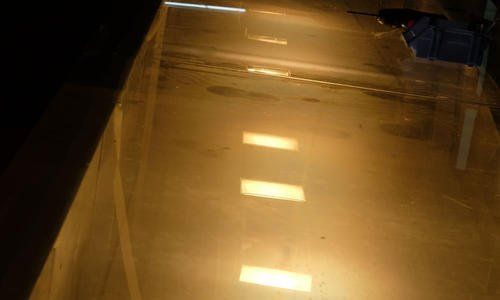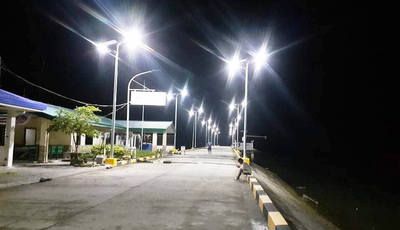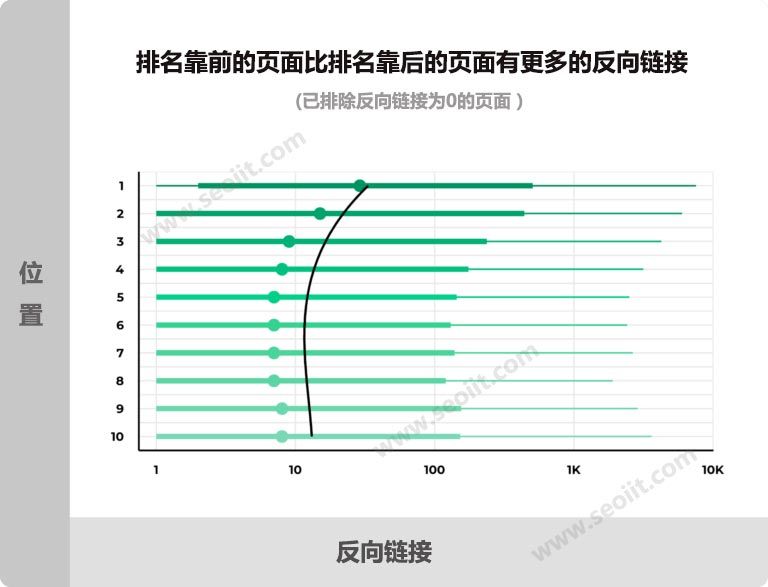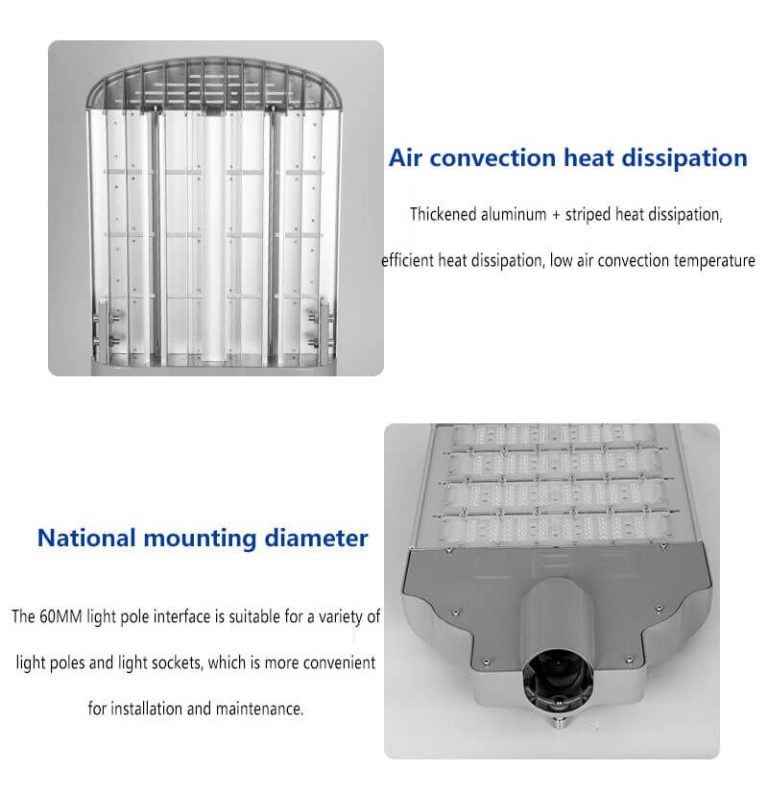Inhoudsopgave
Benefits of Affordable Semi Integrated Solar-powered Street Luminaire
In the quest for sustainable energy solutions, the integration of solar power into street lighting systems has emerged as a promising avenue. Among the array of options available, the affordable semi-integrated solar-powered street luminaire stands out for its cost-effectiveness and efficiency. These innovative lighting solutions offer a range of benefits that extend beyond their initial investment, making them a compelling choice for municipalities and urban planners worldwide.
One of the primary advantages of affordable semi-integrated solar-powered street luminaires is their cost-effectiveness. Unlike traditional street lighting systems that rely solely on grid power, these luminaires harness the abundant energy of the sun to illuminate streets and public spaces. By reducing dependency on grid electricity, municipalities can significantly lower operational costs associated with street lighting, thereby freeing up resources for other essential services and infrastructure projects.
Moreover, the semi-integrated design of these solar-powered luminaires enhances their efficiency and versatility. Unlike fully integrated systems, which require extensive installation procedures and specialized equipment, semi-integrated luminaires can be easily retrofitted onto existing infrastructure. This not only reduces installation time and labor costs but also allows for greater flexibility in deployment, enabling municipalities to quickly and cost-effectively upgrade their street lighting infrastructure.

Furthermore, the affordability of semi-integrated solar-powered street luminaires makes them accessible to a wide range of communities, including those with limited financial resources. By providing reliable and sustainable lighting solutions at a lower cost, municipalities can enhance public safety, promote economic development, and improve the overall quality of life for residents.
In addition to their cost-effectiveness, affordable semi-integrated solar-powered street luminaires offer environmental benefits that cannot be overstated. By harnessing renewable solar energy, these lighting systems reduce carbon emissions and help mitigate the impact of climate change. This not only contributes to global efforts to combat environmental degradation but also helps create cleaner, healthier communities for future generations.
Moreover, the use of solar power eliminates the need for traditional fossil fuels, reducing dependence on non-renewable energy sources and enhancing energy security. In regions where access to electricity is limited or unreliable, solar-powered street luminaires offer a reliable and sustainable alternative, ensuring continuous illumination even in the face of power outages or grid failures.
Furthermore, the implementation of affordable semi-integrated solar-powered street luminaires can have a transformative impact on urban landscapes. By providing efficient and aesthetically pleasing lighting solutions, municipalities can enhance the safety and attractiveness of public spaces, encouraging community engagement and social cohesion. Whether illuminating busy thoroughfares, pedestrian walkways, or parks and recreational areas, these solar-powered luminaires create inviting environments that promote nighttime activities and enhance the overall quality of urban life.
In conclusion, the benefits of affordable semi-integrated solar-powered street luminaires are manifold. From cost-effectiveness and efficiency to environmental sustainability and improved urban aesthetics, these lighting solutions offer a compelling value proposition for municipalities and communities around the world. By harnessing the power of the sun to illuminate our streets and public spaces, we can create safer, cleaner, and more vibrant cities for generations to come.
Installation and Maintenance Guide for Affordable Semi Integrated Solar-powered Street Luminaire
The installation and maintenance of affordable semi-integrated solar-powered street luminaires are crucial steps in ensuring the efficient functioning of these sustainable lighting solutions. Proper installation and regular maintenance not only enhance the performance and longevity of the luminaires but also contribute to the overall sustainability and cost-effectiveness of the lighting infrastructure. In this guide, we will explore the best practices for installing and maintaining affordable semi-integrated solar-powered street luminaires.
Firstly, before commencing the installation process, it is essential to carefully select the installation site. The site should receive ample sunlight throughout the day to ensure optimal charging of the solar panels. Additionally, the chosen location should be free from obstructions such as trees or buildings that could cast shadows on the solar panels, thereby reducing their efficiency. Proper site selection is critical to maximizing the energy output of the solar-powered luminaires.
| No. | Product Name |
| 1 | Solar Street Light |
Once the installation site has been chosen, the next step is to prepare the foundation for mounting the luminaires. The foundation should be stable and capable of supporting the weight of the luminaire and solar panel assembly. It is recommended to use concrete foundations for optimal stability and durability. Properly securing the luminaires to the foundation will help prevent damage caused by strong winds or other external forces.
After securing the foundation, the semi-integrated solar-powered street luminaire can be mounted onto the prepared base. Care should be taken to ensure that the luminaire is positioned correctly and securely fastened to the foundation. Proper alignment is crucial for maximizing the exposure of the solar panels to sunlight and optimizing the efficiency of the solar charging system.
Once the installation is complete, regular maintenance is essential to ensure the continued performance of the solar-powered luminaires. Routine maintenance tasks include cleaning the solar panels to remove dust and debris, inspecting the wiring and connections for any signs of damage or wear, and checking the overall condition of the luminaire for any issues.
Cleaning the solar panels should be done periodically to ensure maximum sunlight absorption and optimal charging of the batteries. Dust, dirt, and other debris can accumulate on the surface of the solar panels over time, reducing their efficiency. Cleaning can be done using a soft cloth or sponge and mild detergent, taking care not to scratch or damage the surface of the panels.
In addition to cleaning the solar panels, regular inspection of the wiring and connections is crucial for identifying any potential issues that could affect the performance of the luminaires. Loose connections or damaged wiring can lead to reduced efficiency or complete failure of the lighting system. Any issues should be addressed promptly to prevent further damage and ensure the continued operation of the solar-powered luminaires.
Finally, periodic inspection of the overall condition of the semi-integrated solar-powered street luminaires is recommended to identify any potential issues before they escalate into more significant problems. This includes checking for signs of corrosion, damage, or wear on the luminaire housing, mounting hardware, and other components. Any issues should be addressed promptly to ensure the continued reliability and performance of the lighting system.
In conclusion, proper installation and regular maintenance are essential for ensuring the efficient functioning of affordable semi-integrated solar-powered street luminaires. By following the best practices outlined in this guide, municipalities and organizations can maximize the performance and longevity of their sustainable lighting infrastructure, contributing to a more environmentally friendly and cost-effective lighting solution for communities around the world.






